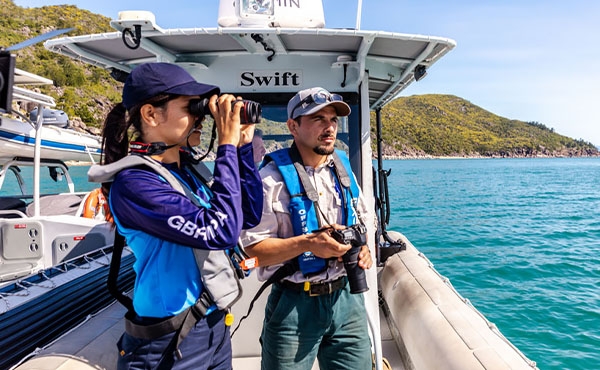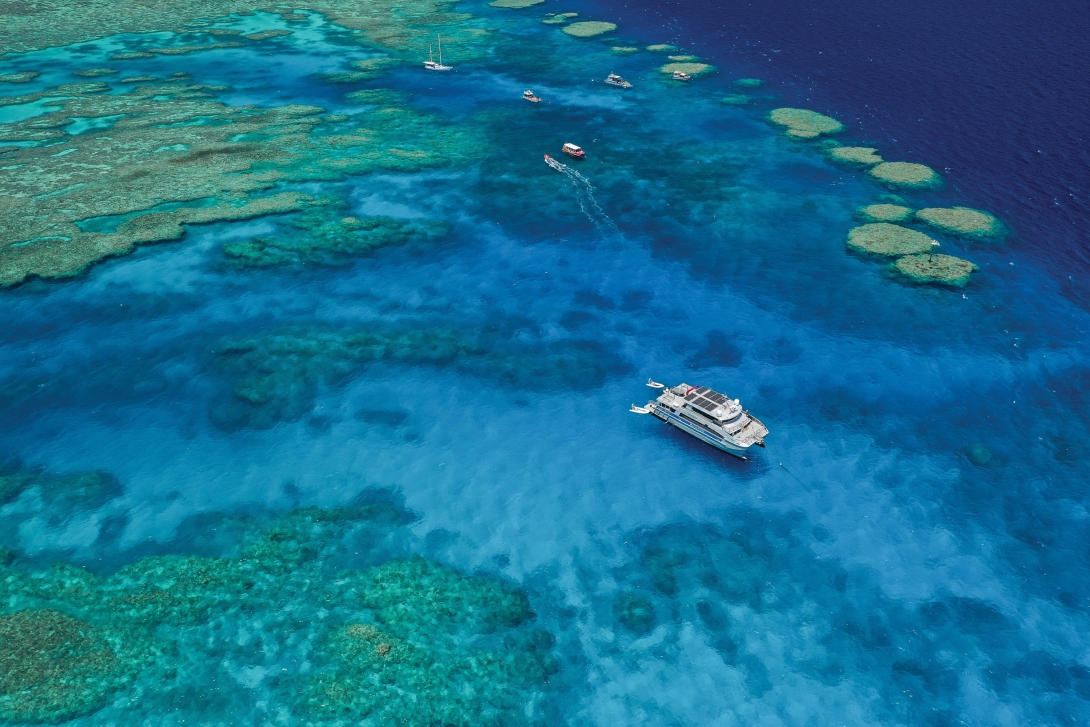Recreation is defined as an independent visit for enjoyment that is not part of a commercial operation 1368 and includes both local and international tourists. Responsibility for management of recreational use is spread across numerous Australian and Queensland government agencies, including the Reef Authority, Queensland Parks and Wildlife Service, Maritime Safety Queensland, and Queensland Boating and Fishing Patrol (Department of Agriculture and Fishing).
Recreation is managed through the Recreation Management Strategy for the Great Barrier Reef Marine Park (the Recreation Management Strategy).1368 It is nested under a suite of management tools including the Marine Park Act, regulations, zoning plan and plans of management. Specific plans of management have been developed for areas of high recreational use (the Whitsundays, Hinchinbrook and Cairns) and a new plan of management for the southern section of the Reef is being developed. As of 2022, to decrease the risk to the ecosystem, 59 per cent of no-anchoring areas within the Marine Park were legislated (enforceable under law).
Recreation is generally considered well managed and poses low risk to the Reef.5,1978 However, a critical gap remains in systematic monitoring to understand and manage for the changing nature and scale of recreational use in the Region. Since 2019, several projects have been established to develop monitoring frameworks and may provide information on human dimensions of the Reef,1399 including recreation. These include mapping patterns of vessel activity and establishing monitoring frameworks for sustainable use and benefits of the Reef, stewardship efforts on the Reef, and governance of the Reef. An extended System of Environmental Economic Accounting — Ecosystem Accounting framework is newly available to help Reef managers to understand ecosystem services and benefits, including as relevant to recreational use.1323



